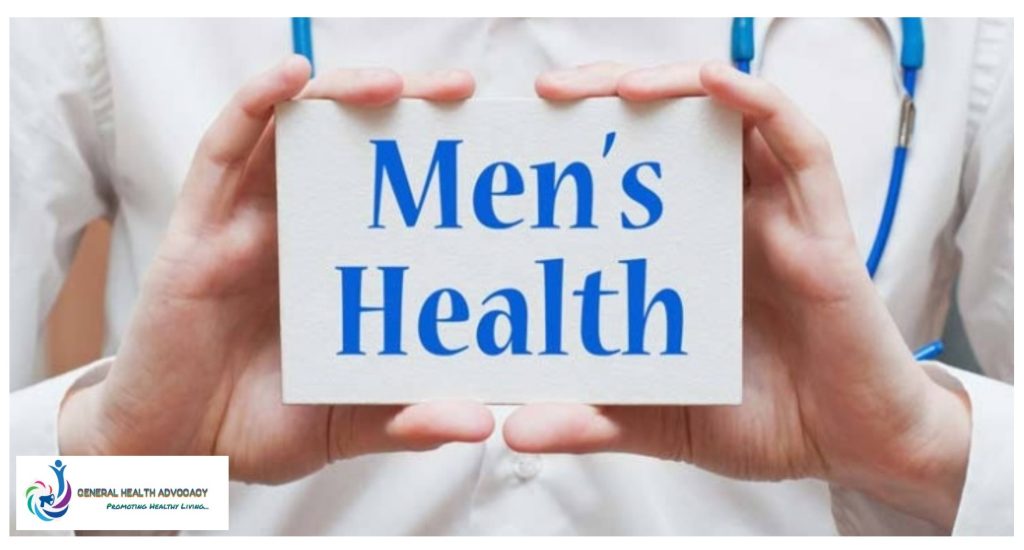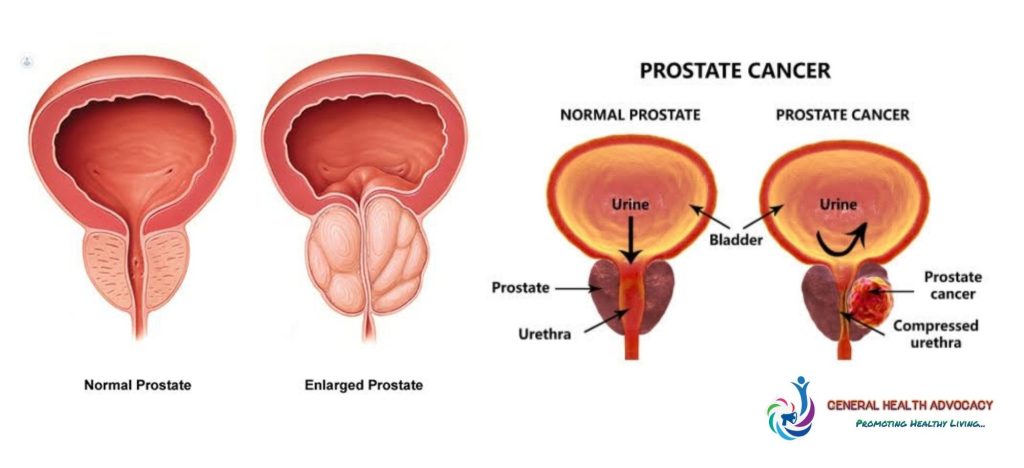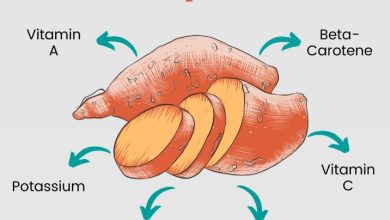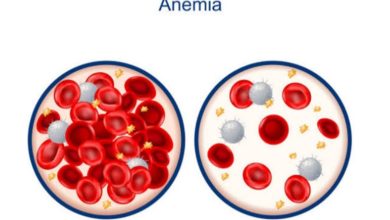Men’s Health Guide: Preventing and Managing Prostate Enlargement and Cancer

Prostate enlargement and cancer are common health concerns that affect men, particularly as they age. It is important for men to be informed about these conditions, as early detection and intervention can lead to better outcomes. We will discuss prostate enlargement and cancer, and enlighten you as well of various ways to prevent and control these conditions.
Prostate enlargement, also known as benign prostatic hyperplasia (BPH), is a non-cancerous condition that occurs when the prostate gland grows in size. This enlargement can cause urinary symptoms such as frequent urination, difficulty starting or stopping urination, weak urine flow, and the feeling of not fully emptying the bladder.
Benign Prostatic Hyperplasia is a common condition that affects many men as they age, with symptoms typically becoming more noticeable after the age of 50.
Prostate cancer, on the other hand, is the development of cancerous cells in the prostate gland. It is the most common cancer in men, with risk factors including age, family history, ethnicity, and lifestyle factors. Prostate cancer often grows slowly and may not cause symptoms in its early stages. However, as the cancer progresses, symptoms may include urinary difficulties, blood in the urine, erectile dysfunction, and bone pain.
Here are the key factors that can cause prostate enlargement and cancer:
1. Age: Risk increases with age, particularly after 50.
2. Family History: Having a close relative with prostate cancer increases the risk.
3. Race/Ethnicity: African-American men have a higher risk of prostate cancer.
4. Diet: High-fat diets and low consumption of fruits and vegetables may increase risk.
5. Lifestyle Factors: Lack of exercise, obesity, and smoking may contribute.
6. Hormonal Changes: Changes in testosterone levels can affect prostate growth.

Signs and Symptoms of Prostrate Enlargement and Cancer
- Trouble urinating.
- Decreased force in the stream of urine.
- Blood in the urine.
- Blood in the semen.
- Bone pain.
- Losing weight without trying.
- Erectile dysfunction.
Prevention and early detection are key in managing both prostate enlargement and cancer. Here are some ways to prevent and control prostate enlargement and cancer:
1. Regular screenings: Men should talk to their healthcare provider about the appropriate age to start prostate cancer screenings, typically around the age of 50. These screenings may include a digital rectal exam (DRE) and a prostate-specific antigen (PSA) blood test. Early detection can lead to better outcomes and treatment options.
2. Maintain a healthy diet: Eating a balanced diet that is rich in fruits, vegetables, whole grains, and lean proteins can help reduce the risk of prostate enlargement and cancer. Limiting the intake of red and processed meats, as well as foods high in fat and sugar, is also important.
3. Stay active: Regular physical activity can help maintain a healthy weight and reduce the risk of developing prostate enlargement and cancer. Aim for at least 150 minutes of moderate-intensity exercise per week, such as brisk walking, cycling, or swimming.
4. Manage stress: Chronic stress can have a negative impact on overall health, including the prostate. Finding healthy ways to manage stress, such as meditation, yoga, deep breathing exercises, or talking to a therapist, can help reduce the risk of developing prostate conditions.
5. Limit alcohol and tobacco use: limiting alcohol consumption and avoiding tobacco use can help reduce the risk of developing prostate enlargement and cancer. Alcohol and tobacco have been linked to an increased risk of developing various types of cancer, including prostate cancer.
6. Maintain a healthy weight: Being overweight or obese can increase the risk of developing prostate enlargement and cancer. Maintaining a healthy weight through proper nutrition and regular exercise can help reduce the risk of these conditions.
7. Stay informed: Educating yourself about prostate health, including risk factors, symptoms, and treatment options, can help you make informed decisions about your health. Talk to your healthcare provider about any concerns or questions you may have about prostate health.
8. Treatment options: If you are diagnosed with prostate enlargement or cancer, it is important to work with your healthcare provider to determine the best treatment plan for your individual needs. Treatment options may include medication, minimally invasive procedures, radiation therapy, chemotherapy, or surgery, depending on the severity and stage of the condition.
Read Also
Treatment for Prostate Cancer and Enlargement
Each treatment option has its considerations, and the best approach depends on factors like the stage of cancer, overall health, and personal preferences. It’s crucial to discuss these options thoroughly with a healthcare provider.
These are ways to treating of prostate enlargement and cancer:
1. Watchful Waiting/Active Surveillance: Monitoring for slow-growing cancers or mild symptoms without immediate treatment.
2. Medications: Alpha-blockers or 5-alpha-reductase inhibitors can help manage symptoms of enlargement.
3. Minimally Invasive Procedures: Transurethral resection of the prostate (TURP) or laser therapy can relieve symptoms of enlargement.
4. Radiation Therapy: For localized prostate cancer, radiation can target and kill cancer cells.
5. Surgery: Radical prostatectomy removes the prostate gland and surrounding tissue.
6. Hormone Therapy: In advanced cases, hormone therapy can reduce testosterone levels to slow cancer growth.
7. Chemotherapy: Used for advanced prostate cancer to kill cancer cells or slow their growth.

Prostate enlargement and cancer are common health concerns that affect many men. By following the above tips on prevention and control, as well as staying informed about prostate health, men can take proactive steps to reduce their risk and improve their overall health and well-being. Remember, early detection and intervention are crucial in managing prostate conditions effectively. Regular check-ups and screenings are key to catching any potential issues early on, leading to better treatment outcomes.
Ultimately, taking care of your prostate health involves making healthy lifestyle choices, staying informed about the risk factors and symptoms, and being proactive about seeking medical attention if you notice any changes or abnormalities. Remember, your health is your greatest asset, so prioritize it by following these recommendations and working closely with your healthcare provider to stay on top of your prostate health.
If you have any concerns or questions about prostate health, don’t hesitate to reach out to your healthcare provider for guidance and support. It’s never too late to start taking steps towards a healthier prostate and a healthier you.



